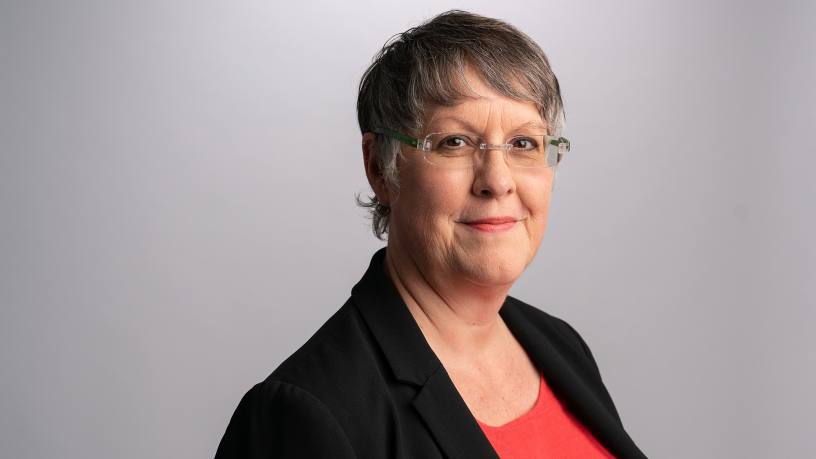For the second year in a row, the world’s top 500 banking brands have managed to increase the ranking’s aggregate value, to reach the highest-ever total of $1.41tn. This is an impressive feat, especially in light of the slowdown in the global banking brand powerhouse – China.
But what makes a strong banking brand and how can banks increase their brand value?
According to Karen Ngui, strategic marketing and communications at Singapore-based DBS, a strong brand has a clear brand promise. “At DBS, all that we do as a bank has always been defined by our strong sense of purpose. [And] we will continue building a forward-looking brand with conscience, by putting our words to action to make a positive difference.”
She adds: “In these volatile times, strong brands are also quick to adapt to fast-changing stakeholder needs. It is important to be stakeholder-centric to pervasively and consistently walk the talk, and be firmly rooted in data and analytics.”
Silicon Valley Bank’s (SVB) chief marketing and strategy officer, Michelle Draper, agrees. “A strong bank brand starts with a clear corporate strategy that every employee is focused on delivering; it ladders up to our purpose and our mission, and it gives our employees a sense of purpose in what they’re doing every day.”
Her team both orchestrates and helps drive the strategy of SVB, which is a niche player serving the innovation economy, as well as articulates the value to the marketplace through its brand.
In addition, Ms Draper believes that trust is a huge component of a strong banking brand. “It is about being a trusted partner that’s going to be there for clients throughout all the cycles,” she explains. “If we’re going to fuel innovation for a better world, we need to make sure that we’re helping those clients along the journey. And we have some amazing clients that are solving some big world problems, which inspires us every day.”
In order to build trust, a bank must be transparent, according to Cristina Junqueira, co-founder of Nubank, a Brazilian neobank that jumped up the ranking this year. “At Nubank, we believe that a strong banking brand has a transparent relationship with its customers, taking seriously the commitment to daily exceed expectations and build long-term trust,” she says.
Ms Junqueira adds: “We grant people more autonomy and control over their finances via an easy-to-use, fully digital multi-product platform that is built to fit their different financial needs, through a brand that is transparent and human that helps them achieve their financial goals.”
In addition to having solid fundamentals such as purpose, trust and transparency in place, what else can banks do to increase their brand value? According to Declan Ahern, valuations director at Brand Finance, which produces the brand valuations for The Banker, the most effective way to increase brand value will differ from brand to brand and bank to bank. However, there are a few easy wins available, such as:
- Where there is a multi-brand portfolio, management should rationalise the brand architecture to ensure the value of the brand and business is maximised. This also speaks to attempting to improve scale and thus profitability.
- Improve the fundamentals: banking customers ultimately want access to a range of products and services that sufficiently meet their needs, they want accessibility through easy-to-use banking applications and websites, and they expect a certain level of customer service.
- Differentiate: banks need to differentiate themselves from their competitors in the market in order to give customers a reason to choose to bank with them above the other banks in the market.
“Once the above is achieved, a bank can grow market share organically, rather than through merger and acquisition activity, and ultimately increase the value of its brand,” says Mr Ahern.
Joy Macknight is editor of The Banker. Follow her on Twitter @joymacknight
Register to receive the Editor’s blog and in-depth coverage from the banking industry through the weekly e-newsletter.






